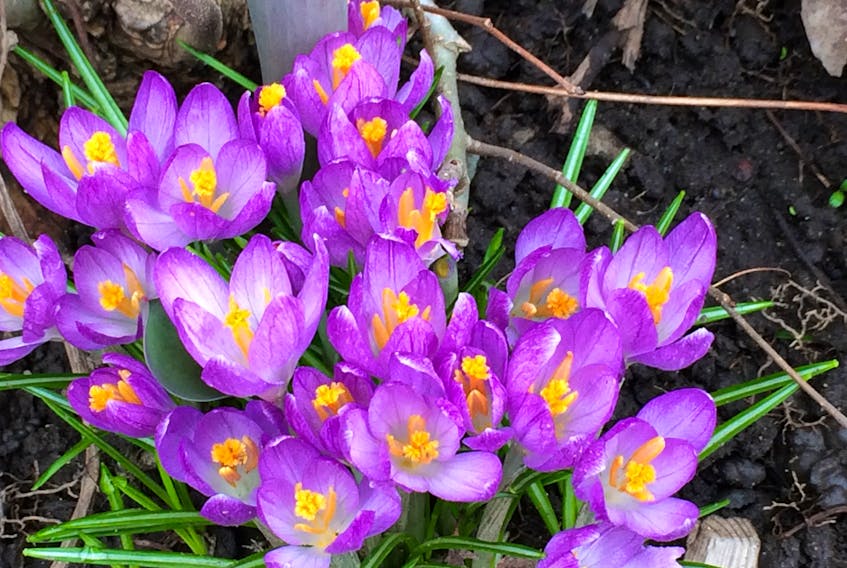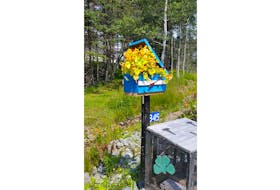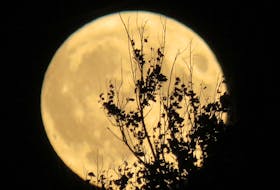Spring has officially sprung, and if you haven’t already done so, it’s time to break out your pruning shears.
Pruning properly can bring about more flowers and fruit, which is one of the reasons many gardeners look forward to the pruning process. Many shrubs and trees are ready for their first haircut of the year come early spring. But there are a few things to keep in mind before you start chopping away.
First, not all plants require pruning, as tempting as it is to give everything a nice cleaning up, try to restrict yourself to overgrown flowering shrubs and fruit trees. You’ll want to take the time to look around your garden or yard and determine what should be pruned before getting started.
As a general rule of thumb, prune plants just after they finish blooming. For trees, it’s best to prune before they fully spring back to life. Be careful to avoid pruning when it’s damp outside, as this can cause diseases to spread throughout your plants. The sun dries out mould and bacteria, making a sunny day preferable for this task.
If you’re not familiar with the pruning process, you might be tempted to just hack around a bit until things look tidy. But there’s actually a right and wrong way of handling things to ensure the best treatment for your plants. You’ll want to start by removing dead or dying branches, branches growing in the opposite direction of the rest, and branches that are low enough to trip anyone walking nearby. When removing, try to snip as close to the base of the plant as possible.
If you have trees on your property that are making their way close to powerlines and need to be cut back, be sure not to climb up and handle the pruning yourself. You’ll want to contact a professional in those circumstances.
When you’re finished, give your pruning shears a nice cleaning by disinfecting them with a teaspoon of bleach in warm water. Once dry, tuck them away in a safe space until winter returns. Though fall might tempt you, avoid any pruning during that season. According to the folks at Good Housekeeping, fall is the worst time of year for pruning, since pruning stimulates new growth and during the fall plants are about to go dormant. This results in weakening of your shrubs and small trees.
- Want more weather information? Visit your weather page.









